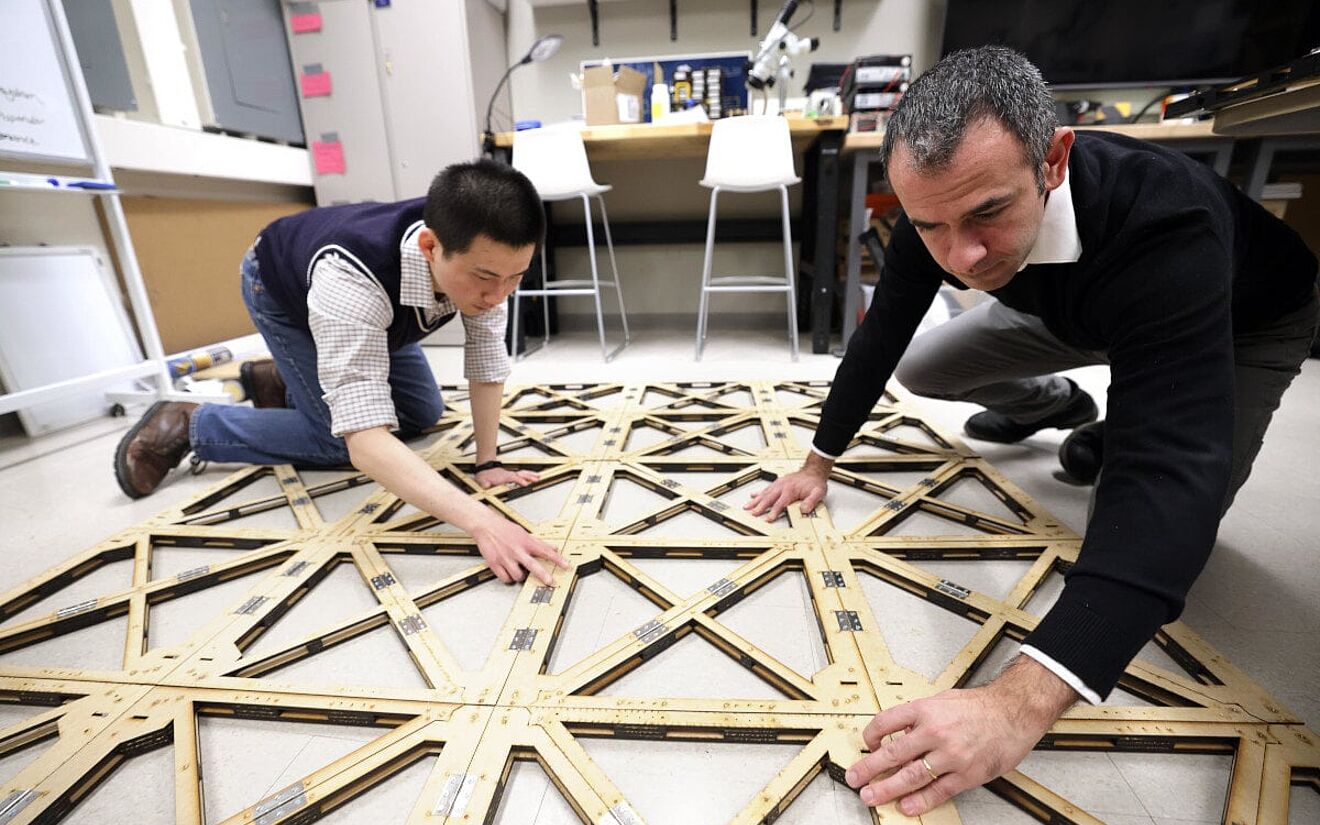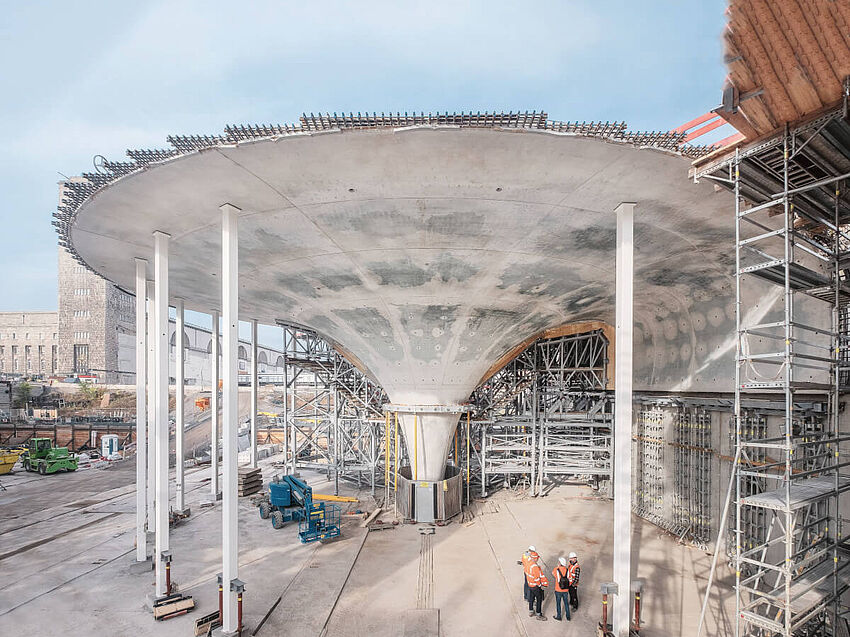A New Gateway to the Bernese Oberland: How ALLPLAN Helped Shape the BOB Matten Station
At the University of Michigan (UoM), a revolutionary approach to structural engineering is taking shape, one fold at a time. Engineers have unlocked the potential of origami to create robust, adaptable structures capable of supporting significant loads. This novel concept, named the Modular and Uniformly Thick Origami-Inspired Structure system, demonstrates a significant breakthrough in how materials can be used to construct everything from bridges to bus stops with surprising efficiency and flexibility.
How does it work?
The research leverages the principles of origami to fold thick, uniform panels into compact modules. These modules can be rapidly deployed to form various structures, potentially revolutionizing how we build in challenging environments – from disaster zones to outer space. The system not only supports substantial weight but also promises ease of transport and assembly, offering new architectural possibilities.
At the heart of UoM’s origami-inspired engineering lies the concept of uniform material thickness. Traditional origami uses thin, flexible materials, which do not inherently support heavy loads. The research team, led by Professor Evgueni Filipov, tackled this challenge by rethinking the origami design to incorporate materials with uniform thickness. This adjustment ensures that when the structure is loaded, the stress is evenly distributed, minimizing weak points and enhancing the load-bearing capabilities of the structure.
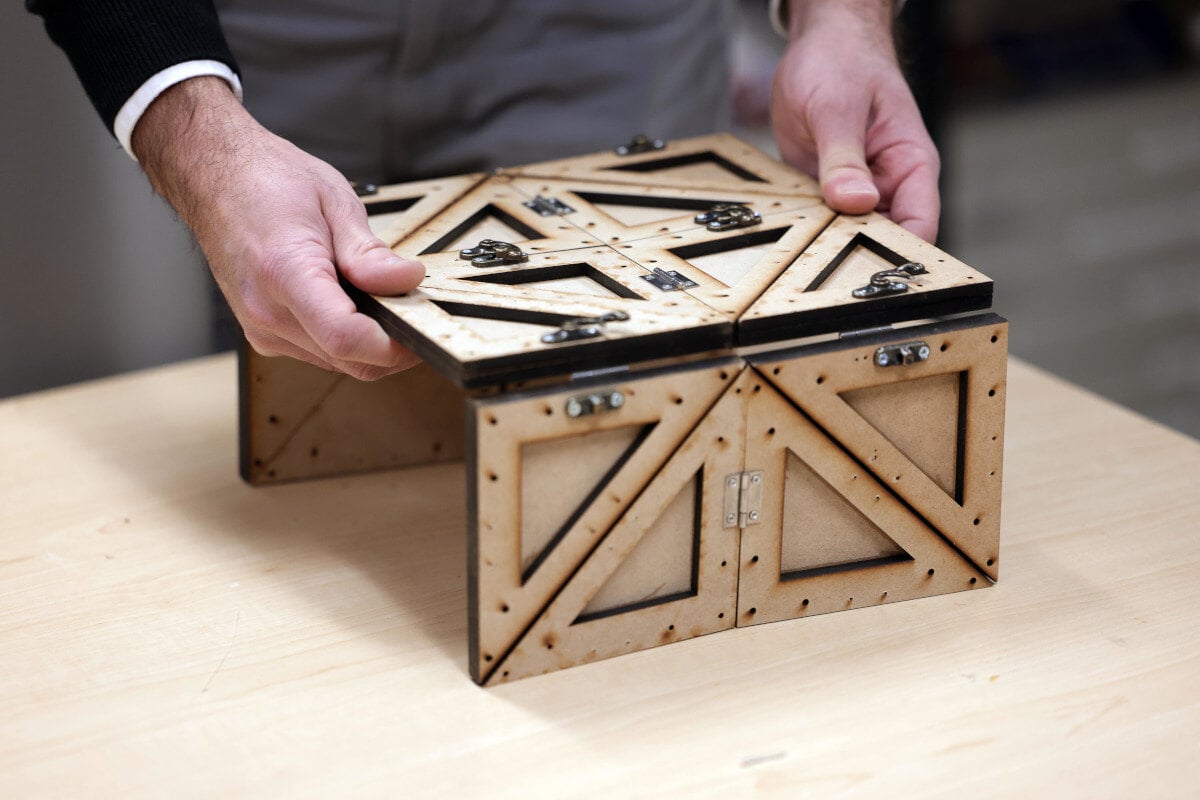
Another critical innovation is the development of robust locking mechanisms that maintain the integrity of the structure once deployed. These mechanisms are crucial for ensuring that the origami-inspired structures remain stable and secure under load. The locking devices prevent the folded panels from unfolding or shifting under weight, which is essential for their use in real-world applications where safety and reliability are paramount.
The design process is supported by advanced simulation tools that allow the team to model and predict how the structures will perform under various conditions. The University of Michigan has developed a specialized software tool known as the Sequentially Working Origami Multi-Physics Simulator (SWOMPS). This tool enables the researchers to meticulously plan and refine their designs, ensuring that each fold and lock contributes positively to the overall structural strength and functionality.
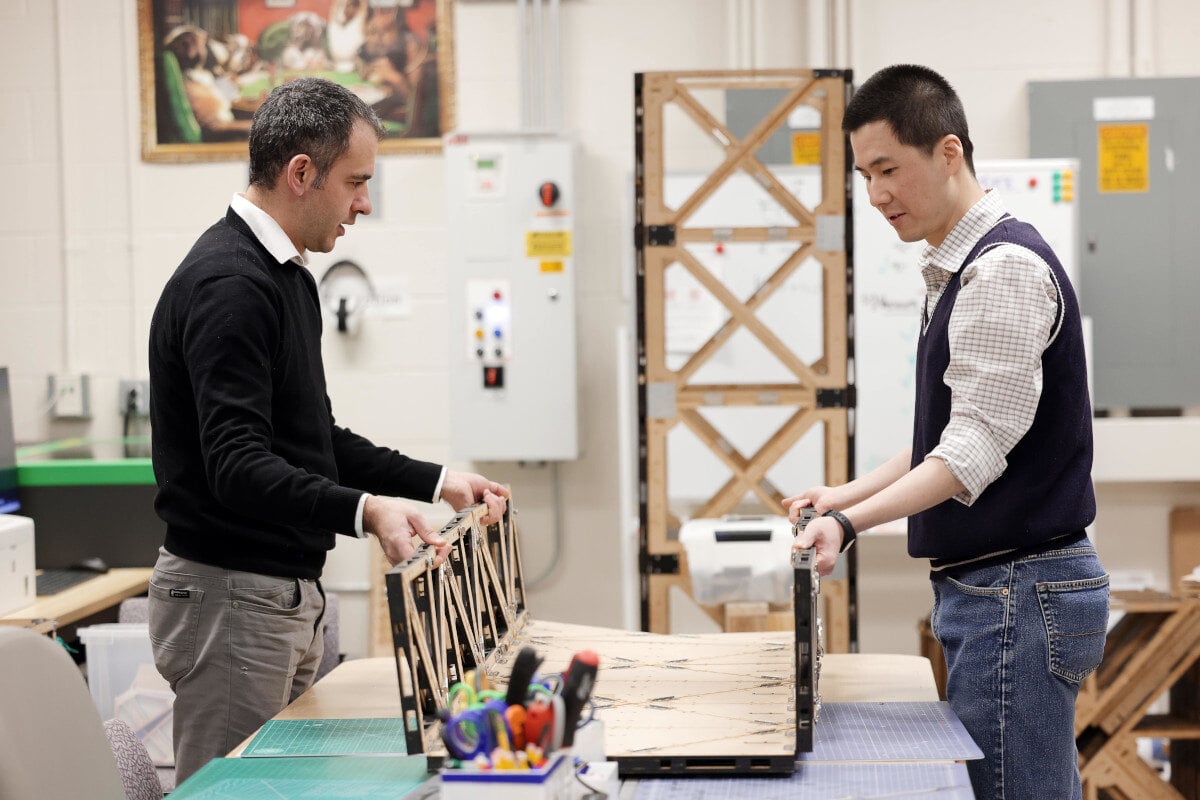
Practical applications and future possibilities
The UoM’s origami-inspired engineering holds vast potential for real-world applications across a variety of sectors. By bringing the principles of origami into structural design, these innovations open up new possibilities for constructing more adaptable, efficient, and responsive infrastructure.
One of the most compelling applications of this technology is in emergency response and disaster relief scenarios. The ability of origami-inspired structures to fold compactly and then expand to full size can be crucial in situations where time and space are critical factors. For instance, a bridge that can be transported as a compact module and then quickly unfolded on-site could restore access to areas cut off by natural disasters, such as floods or earthquakes.
The research also explores the use of these structures in environments that are traditionally challenging for construction, such as in arctic regions, deserts, or even outer space. The compact transportability and quick assembly of origami-based structures make them ideal for these settings, where traditional construction methods are impractical or too costly.
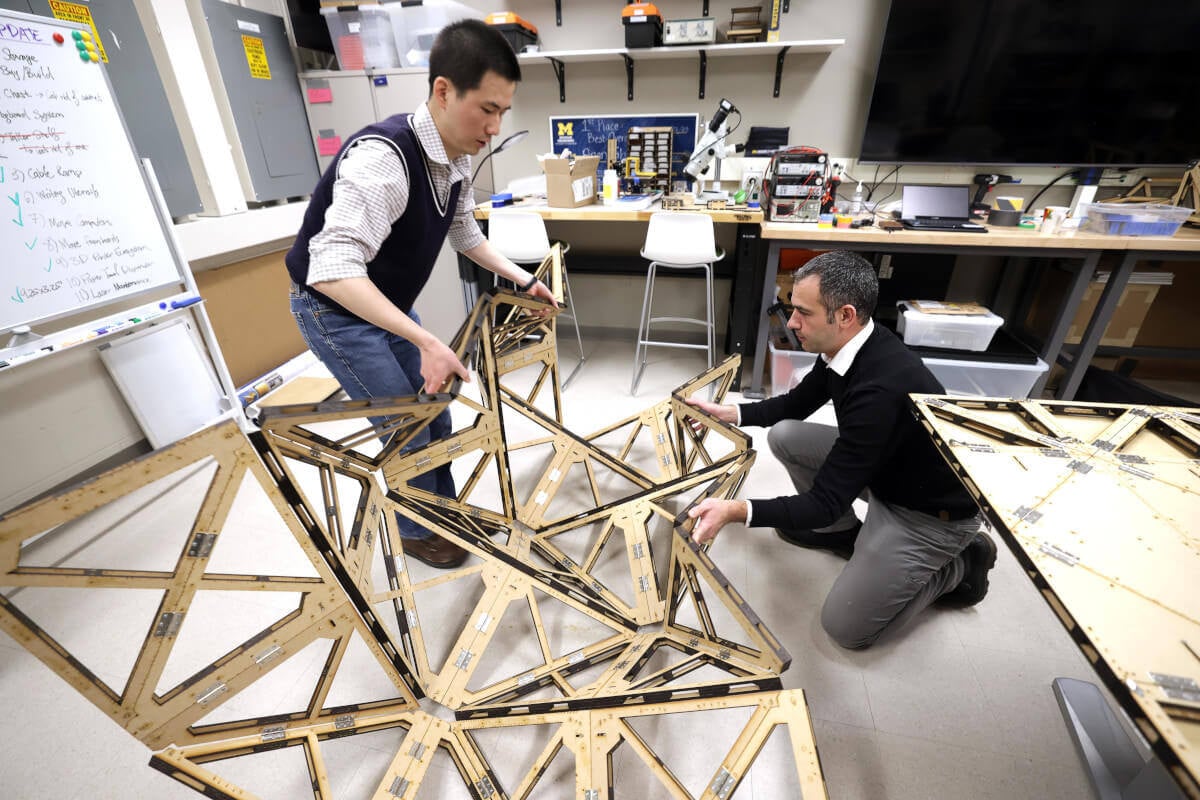
There is also a need for modular and adaptable infrastructure as urban areas continue to grow and change. Origami-inspired designs could be used for temporary bus stops, kiosks, or even small pedestrian bridges in urban settings. These structures can be moved or reconfigured as the urban landscape evolves, providing flexibility in city planning and development.
These applications highlight the transformative potential of origami-inspired structures not just as theoretical constructs but as practical, deployable solutions that could redefine how we think about building and assembly in various contexts. The ongoing development and scaling of this technology will likely continue to uncover new possibilities for its use in fields beyond those currently imagined.
Efficient and Environmentally Conscious
Origami-inspired structures also offer substantial environmental and efficiency advantages for the AEC industry. By optimizing material usage, these structures minimize waste and potentially reduce the carbon footprint associated with building processes. Their compact design allows for more cost-effective and less environmentally taxing transportation. Additionally, their quick assembly and disassembly not only reduces labor costs but also limits environmental disruption, supporting more sustainable construction practices.
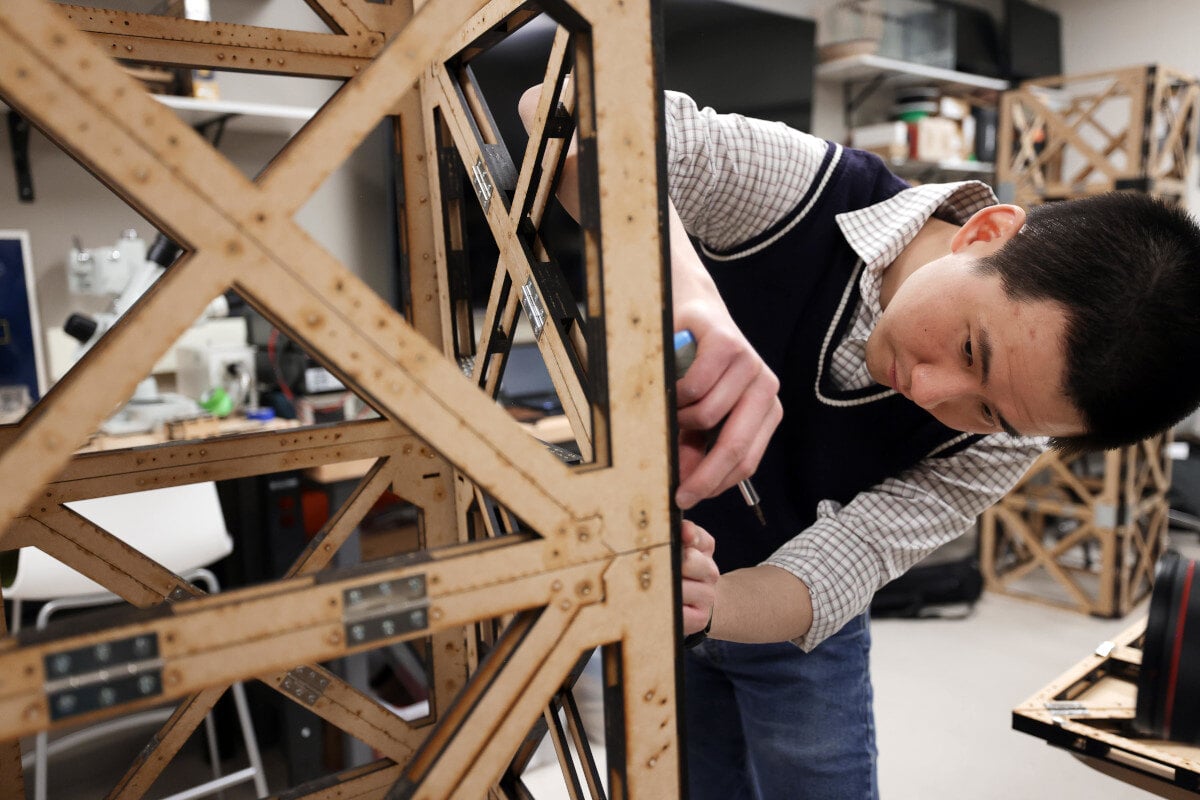
Furthermore, the reusability of these origami-based structures promotes a shift towards a circular economy in the AEC industry, extending their lifecycle and reducing the demand for new materials. This approach encourages the adoption of modular and adaptable designs, leading to innovations in construction that prioritize environmental sustainability and efficiency.
Conclusion
By integrating the ancient art of origami with modern engineering, UoM’s innovations offer not only improved material and construction efficiency but also enhanced sustainability. As these technologies continue to develop, their application could significantly change how we approach building in challenging environments, respond to emergencies, and plan for temporary installations. This blend of artistic ingenuity and scientific rigor promises to shape the future of construction, making it more adaptable, efficient, and in harmony with our environmental aspirations.
